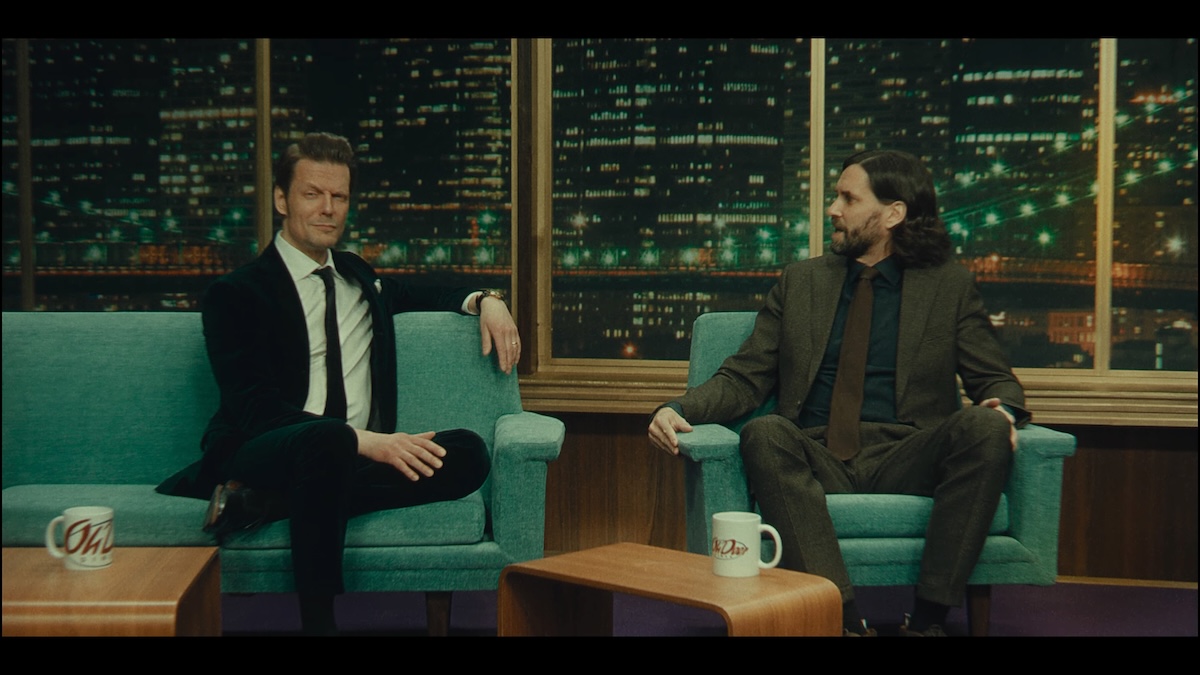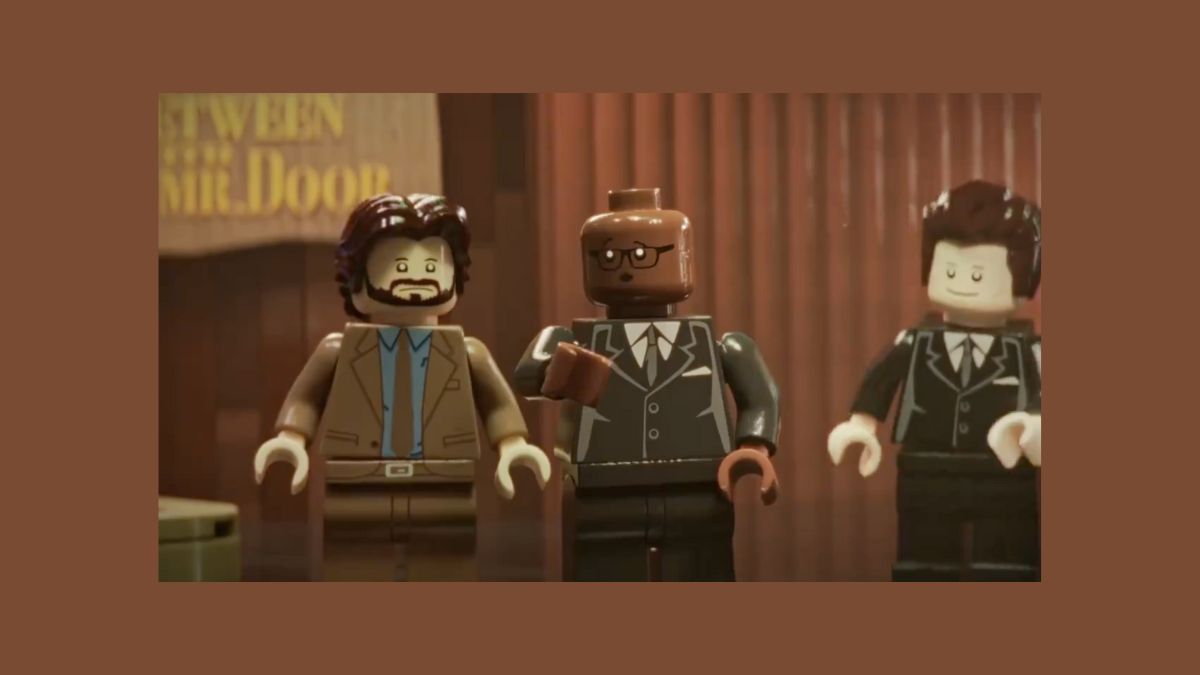When it was initially released, Alan Wake 2 stunned players with its immersive visuals, storytelling, and gripping horror elements that never seem to let you go. However, the game wasn’t all spooks, scares, and monologues; it also has its zany, wild moments, many of which stand out long after you’ve finished it.
Maybe the most iconic scene in the game is the Herald of Darkness song. It’s a musical version of an interview that almost comes out of nowhere when players encounter it. Thanks to the fairly fluid nature of the game’s themes, though, it fits well and provides a moment of relaxation, if not confusion, in the middle of quite an intense journey. In keeping with the fairly jarring experiences this series throws at you, one fan has now decided to recreate the entirety of Herald of Darkness using Lego.
The Lego version of Herald of Darkness leaves me eagerly awaiting more
On Twitter, Elizabeth – IX shared their incredible recreation of Herald of Darkness from Alan Wake 2. It begins right at the point when you’re made to think this will be like any TV interview, but then things take a musical turn. The scene appears to capture every moment, including the cuts from Alan to the trio on stage.
While I’d love to tell you that this is the complete scene, it’s only the first of a multiple-part series. The whole song is split into four parts in the game, so I’d expect Elizabeth – IX to release each part as they finish them.
As you can see in the video above, the quality of this Lego version of Herald of Darkness is pretty good. Not only does it stick close to the source material, but it mimics the style of the Lego movies as opposed to any Lego TV show. Speaking as a father of a four-year-old who has seen every Lego Ninjago episode several times over but the movie only once, there’s a big difference in the quality of the animation.

Movies such as The Lego Movie, Lego Batman, and The Lego Ninjago Movie all have a much more refined animation style that appears to include many more frames. Not only that, but the Lego bricks are used to create a lot of the movement in the movies, while the TV shows, which obviously have a smaller budget, rely somewhat on bending bricks and taking liberties where they can.








